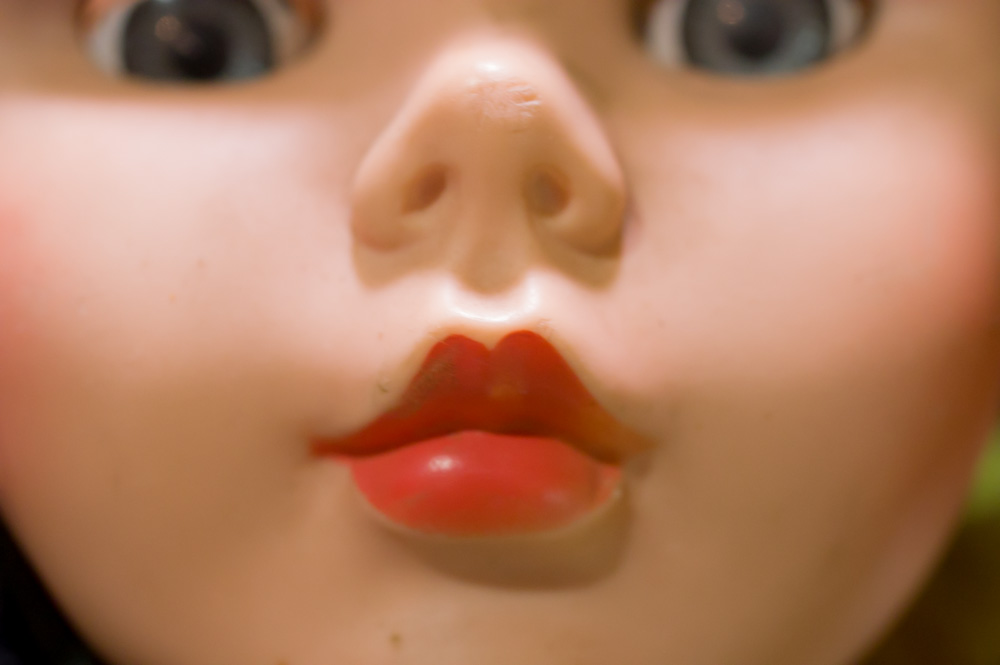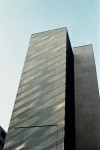Apr
5
2014
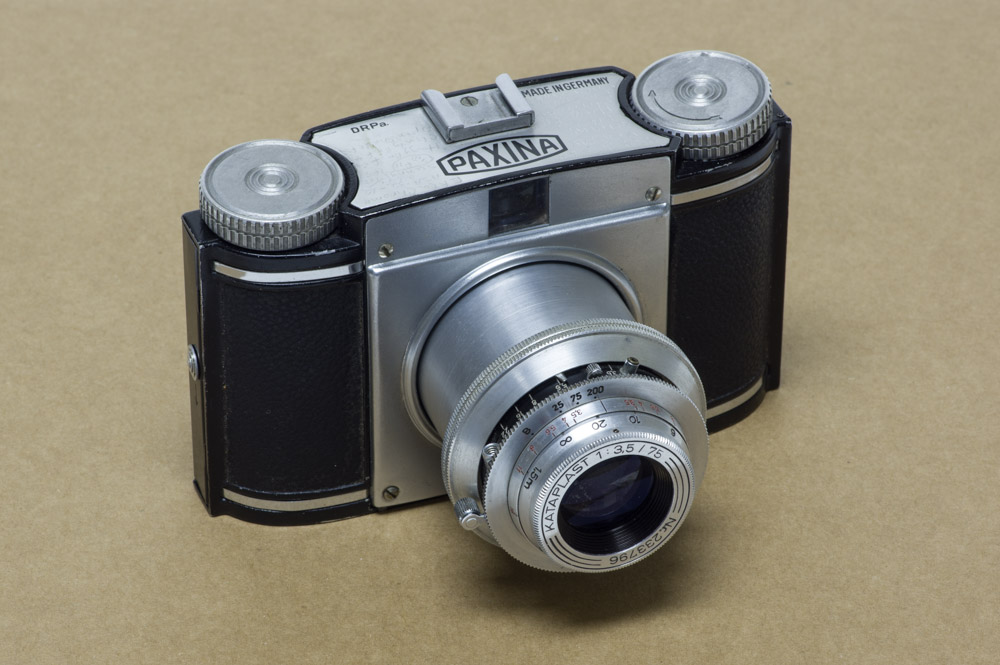
Not that much to say really there is a lens a shutter and a light tight box…wait the box isn’t so light tight. How does that Meat Loaf song go ‘..two out of three ain’t bad.’ yah he was wrong.
The lens on the Paxina is colapsable which is nice for making it slightly more compact but it lets light in where it’s not supposed to. In hindsite I shouldn’t be that surprised after all I am sliding a shiny metal tube into a hole in the front of the camera what did I expect. The shutter works well despite the age of the camera but is limited to 1/25, 1/100, 1/250 and Bulb. I love the name of the lens the Kataplast its 75mm f3.5
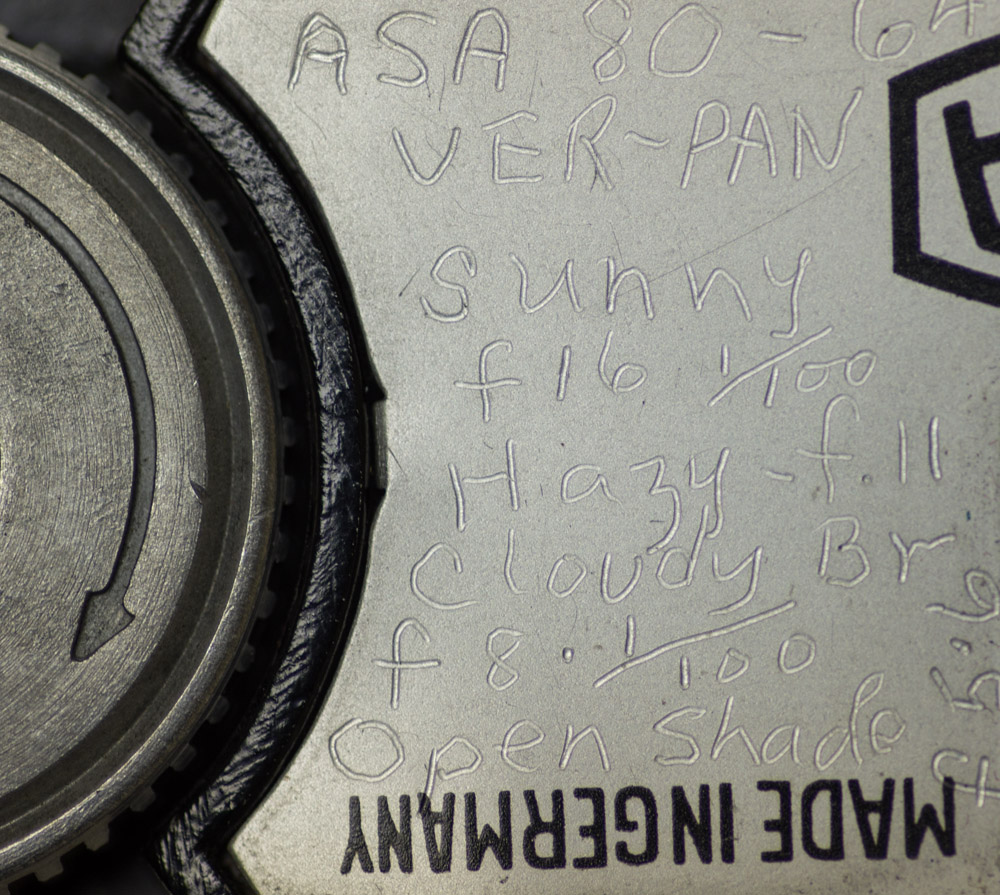
Someone kindly scratched all types of wonderful reminders on the top plate of the camera so now I know if I’m shooting Verichrome-Pan film in Hazy conditions I should use 1/100 and f 11 thanks for that. On the other side is the even more helpful information for Ektachrome ASA 32.
3 comments | posted in Cameras, Photography, Uncategorized
Jan
31
2014


This camera seems to be identical to the Fuji ‘Cardman’ 3500 with the key difference that the control panel is permanently screwed to the back. Otherwise the controls and the lens are the same. While the round Monochrome LCD and all those buttons look impressive it really has the same basic controls as most cameras of the time including the Canon Elph or the Pentax Efina T. It does have a wider angle zoom at 21mm than most though and that is particularly nice with the 16×9 aspect ratio. The camera seems to have a propensity to use flash all the time so I did need to turn it off each time I fired up the camera. Another oddity is that when it focuses it changes the framing in the viewfinder considerably. This has the effect that after carefully composing a shot it completely changes in the viewfinder at the time you capture it, I’m not sure what is actually captured the before or the after.
no comments | posted in Cameras, Photography, Uncategorized
Dec
26
2013
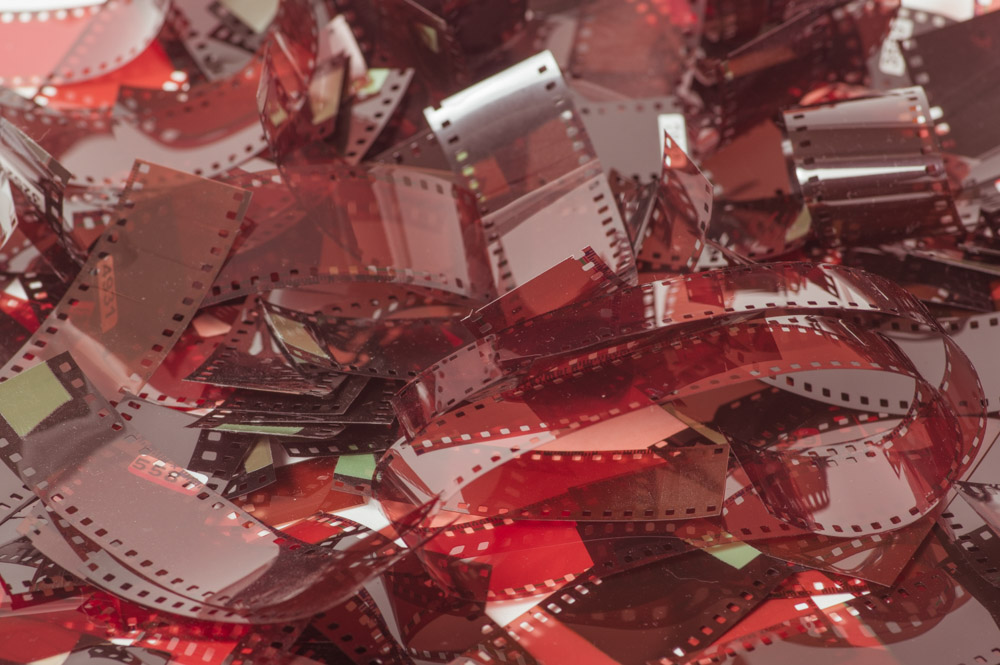
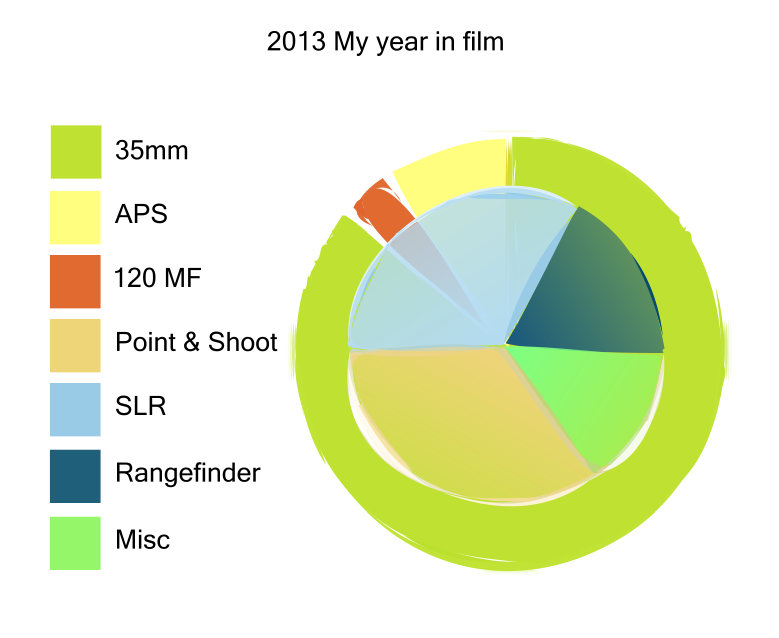
I shot quite a bit of film during 2013 and so I did a quick accounting to see how it broke down.
35mm Film 70 Rolls
APS Film 8 Rolls
Medium Format Film 3 Rolls
I also wanted to see if there was a type of camera that I had favoured over the course of the year.
Point and Shoots 28
SLR 27
Rangefinder 15
TLR/Zone/Misc 11
The one surprise for me was that I had used SLR’s as much as I did, but it was mostly my Pentax Z1p a very good and consistent camera so that does make sense to me.
I have every expectation that 2014 will find me using my film cameras every bit as much but maybe with even more experimentation. I look forward to it.
no comments | posted in Photography, Processing, Uncategorized
Nov
19
2013
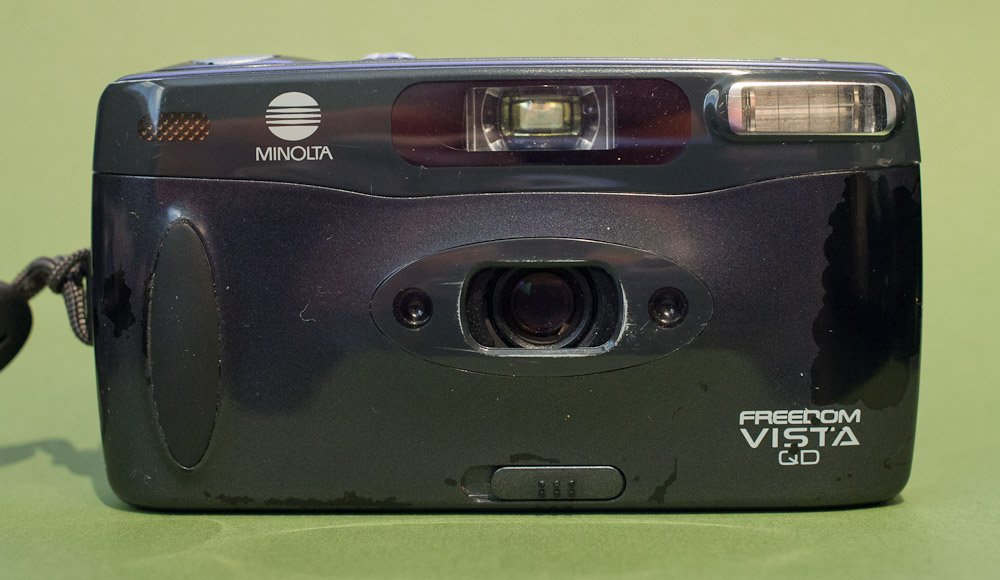
It was very popular for a time to include a panoramic mode on film point and shoot cameras. Whether using it was as popular I’m not so sure. The way it worked was that when the user selected the panoramic mode part of the film was masked off at the top and bottom leaving a wide aspect ratio image. The thing is this did nothing to change the actual angle of view so if the camera had its widest focal length of 38mm then that was how the image was shot. In fact the result is really to just waste possible film capture area. This camera does this as well but with a slight difference which I will explain in a moment. The Minolta Freedom Vista creates an image on the negative of 36mm X 13mm which is a 2.77 apect ratio. This is even wider than movie formats like CinemaScope or Panavision and is getting close to a 3 to 1 ratio. It’s enough of a dramatic change from normal film shooting that you need to modify your compositions.

For the crop mode on the point and shoots I mentioned the viewfinder typically showed the frame lines for a panoramic shot or blocked out the top and bottom of the viewfinder making it easier to compose in the wide format. Where the Minolta Freedom Vista differs and has an advantage over these implementations is that it has a fixed panoramic mode and has a 24mm wide-angle lens which produces images that look much more like they should be panoramic. In addition the viewfinder was built from the ground up to for the format and so shows a nice bright wide frame which is far superior to the ‘me too’ masking mode of other cameras.



no comments
Oct
31
2013
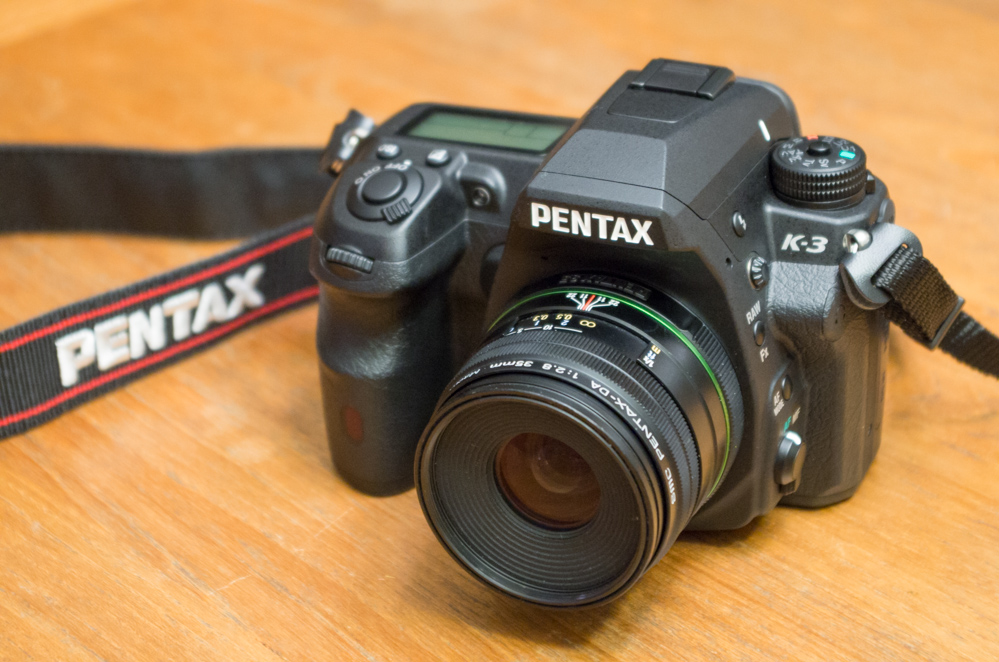
Despite how much I enjoy shooting film and using older cameras there is a part of me that enjoys new technology as well. My primary DSLR up until now has been the 2009 Pentax K-7 but I’ve also been waiting for what I felt was enough of a technological advance to spur an upgrade. The release of the Pentax K-3 appeared to be the progress I had been waiting for so I pre-ordered it as soon as it was announced. Today I received the camera and have had a brief time shooting with it. One of the immediately apparent differences with the new camera over the K-7/K-5,K5II models is the method of making changes to the autofocus selections. Previously it was a 3 position switch (Manual,continuous AF,AF Single) this has been replaced with a 2 position switch between AF and Manual and the addition of a button. I can not stress enough what an improvement this is. While pressing the button and turning the front control dial you can select the type of autofocus you want to use and the rear wheel changes the parameters such as the number of focus points, from 27 to zone to spot also when set to select the indicator of focus points on the rear LCD enlarges and the menu buttons can be used to move the point around. There are more parameters to describe and it is simpler in operation than my feeble attempt to describe it conveys, but it works well and is very intuitive.
There is also a marked improvement in the focus speed and accuracy over my previous camera but I may leave that to others to quantify it as most people will want to compare it to the Pentax K-5II DSLR.
One thing I never saw mentioned and is new to me is that when zooming in playback it lets you know when you are at 100% zoom a nice touch when checking your images.
Another surprise is how much quieter the shutter is and that is despite the K-7 already being incredibly quite. I will have more to say after I’ve had more time with the camera so for now here are some of the first images I’ve taken with the Pentax K-3.

Pentax K-3 200 ISO 1/80 f3.5 (SMC Pentax-DA 1:2.8 35mm macro Limited)

100% crop from above image.

Pentax K-3 400 ISO 1/50 f6.3 (SMC Pentax DA 18-55 AL WR)
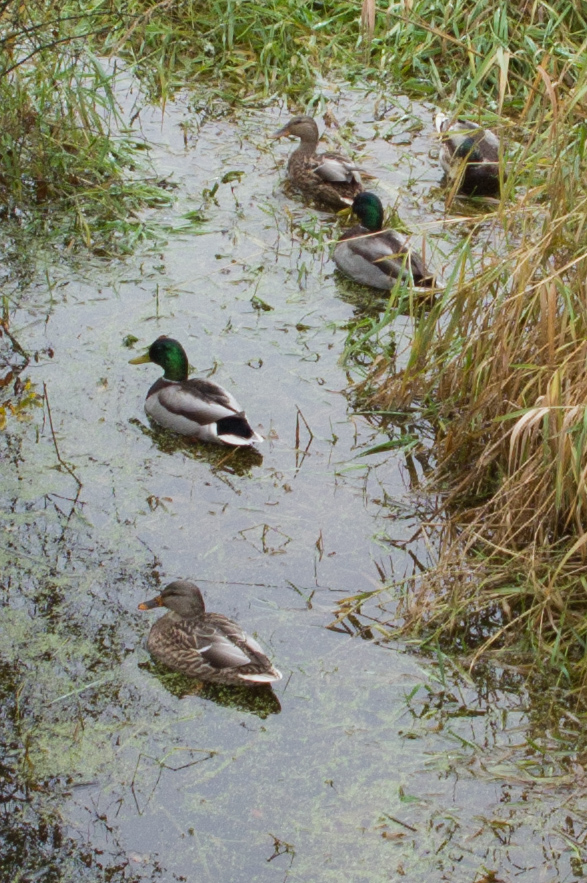
100% crop from above image

Pentax K-3 1600 ISO 1/200 f5.6 (SMC Pentax-DA 1:2.8 35mm macro Limited)

100 % crop from image above Lightroom Noise reduction Luimnance +24, Color +20

Pentax K-3 800 ISO 1/50 f7.1 (SMC Pentax-DA 1:2.8 35mm macro Limited)

100 % crop from image above Lightroom Noise reduction Luimnance +24, Color +15

Pentax K-3 200 ISO 1/125 f7.1 (SMC A 70-210)

100% crop of above image.
Again my initial impression is a very positive one with all around performace improvements over the K-7 especially with higher ISO’s. In fact here is a shot at 12800 ISO with a little noise reduction in Lightroom, a full stop higher than the K-7 goes let alone performs at.
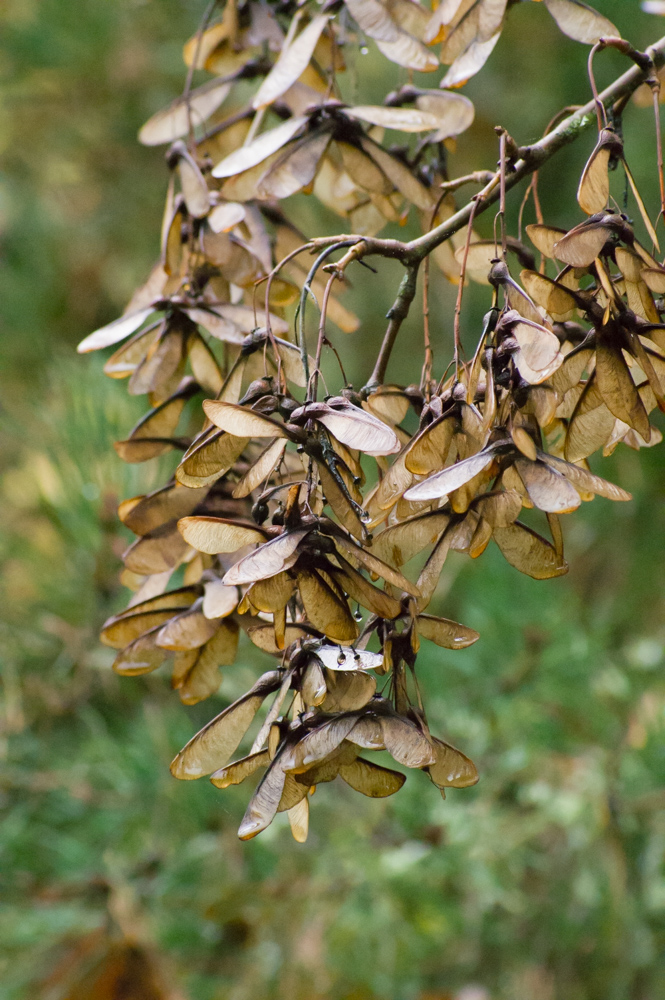
12 comments | tags: Digital.camera, K3, Pentax | posted in Cameras, Photography, Uncategorized
Oct
16
2013
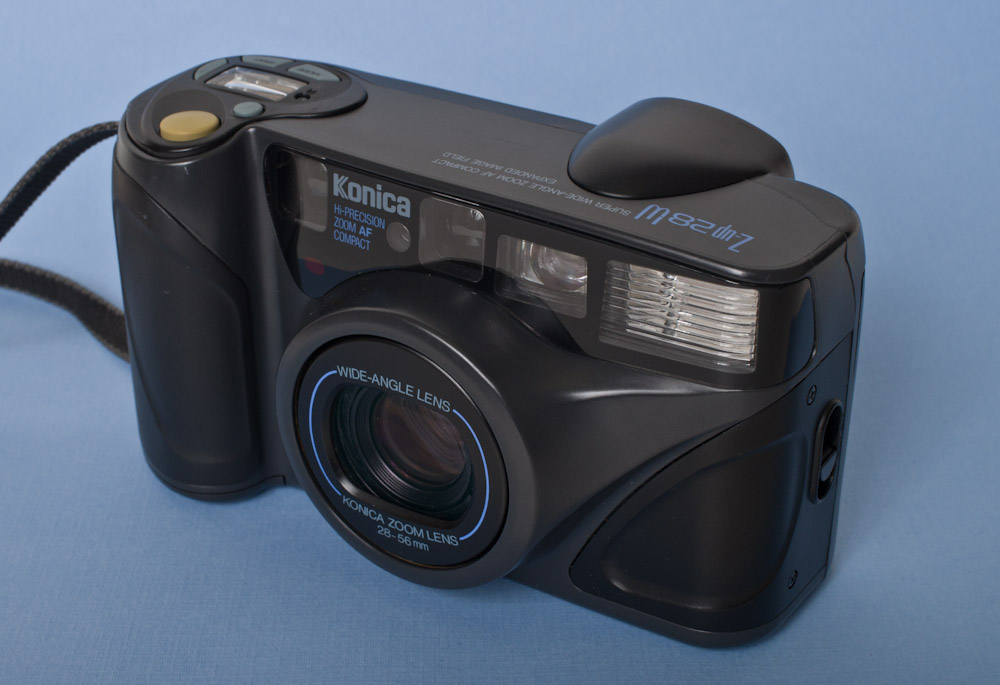
The film point and shoot cameras that have a wide-angle of 28mm are a bit of an odd bunch and this one fits right in. This Konica though is one of the best of them optically. It has very little vingetting unlike the Sigma 28 AF Zoom and much less distortion than others like the Fuji DL super Mini or the Konica Lexio 70. The only other film point and shoot that seems to be as good is the Canon Z90W.
The zoom function operates in an interesting way with a single button. The way it works is that it starts at 28mm and zooms in to 56mm and then starts back down towards 28mm so don’t go too far because it’s a long way back.
There isn’t much info available online about this camera likely because of its rarity but it appears to have a lens formed through 8 elements in 7 groups with apertures of 3.5 – 6.6 . It’s also large and heavy which limits my desire to pack it around. The Fuji Cardia is much easier to pack and the Canon Z90W is more versatile while also being smaller. Sorry Konica Zup28W your good but not good enough.
no comments
Aug
12
2013
The oops comes from the fact that I tried the Pentax DFA100 macro WR lens with the Pentax Super Program, these pictures are not from that lens. 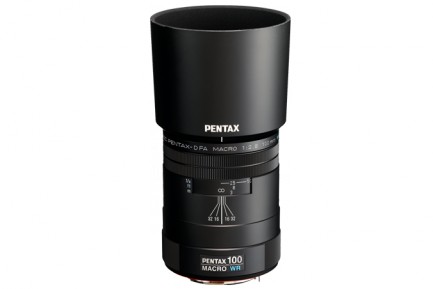
The smc PENTAX D FA 100mm F2.8 WR Macro doesn’t have an aperture ring but relies on the camera body to adjust the aperture. That is not a problem when using it with a DSLR or even a more modern film camera. The Super Program though is not one of these it indicates a particular aperture in the viewfinder but that doesn’t correspond with the lens setting. This fact makes this type of lens/camera combination incompatible. The images I took are terribly due to underexposure, it seems that the lens was completely stopped down as far as possible f32. It does work very well with my Pentax PZ1p though.
2 comments | tags: film, lens, Pentax | posted in Cameras, Photography, Uncategorized
Jul
23
2013

#Instapoem 4
There once was a man called Duncan
Who was aboard a ship quite drunken
When he fell off the bow
He exclaimed very loud
I believe my Nikon has sunken
1 comment
May
26
2013

Adox’s Color implosion film is marketed as having ‘a modified color scheme’ from there website translated to english:
Place your camera to ISO 400/27 °. The color option of your memory film implodes and you get images with very little color and “Toxic Grain”. This awaits you if you belichtest Color implosion with your Holga.
Now I don’t know what blichtest means but it doesn’t sound good and I don’t like anyone telling me I have to use a Holga.
So the second suggestion which might have been what I was after is.
Place your camera to ISO 200/24 °. Now everything explodes red, while the others remain in the green-blue color. “Toxic Grain” is red.
If you like share with your laboratory staff that you would like the movie “supercharge plus 1”. “Bursting Red” also in your Holga
Still I don’t want anything bursting in my Holga if I had one, so I went with the third option.
Place your camera to ISO 100/21 °. Now makes Color implosion for you beautifully surreal 70s summer colors. The “Toxic Grain” is now yellow and not as concise.
By the way this is what ‘Toxic Grain’ looks like 
While I had hoped for the reds to really stand out, they ended up being quite muted, perhaps because of my choice to shoot at 100 ISO. I’ve set a few of those images aside for a future post where I show the difference between the raw scans and the edited files. For those I boosted the red channel to more closely match my expectations. But without further ado(x) here are the images I belichtested.
5 comments | tags: adox, film, Photography | posted in Photography, Processing, Uncategorized







































